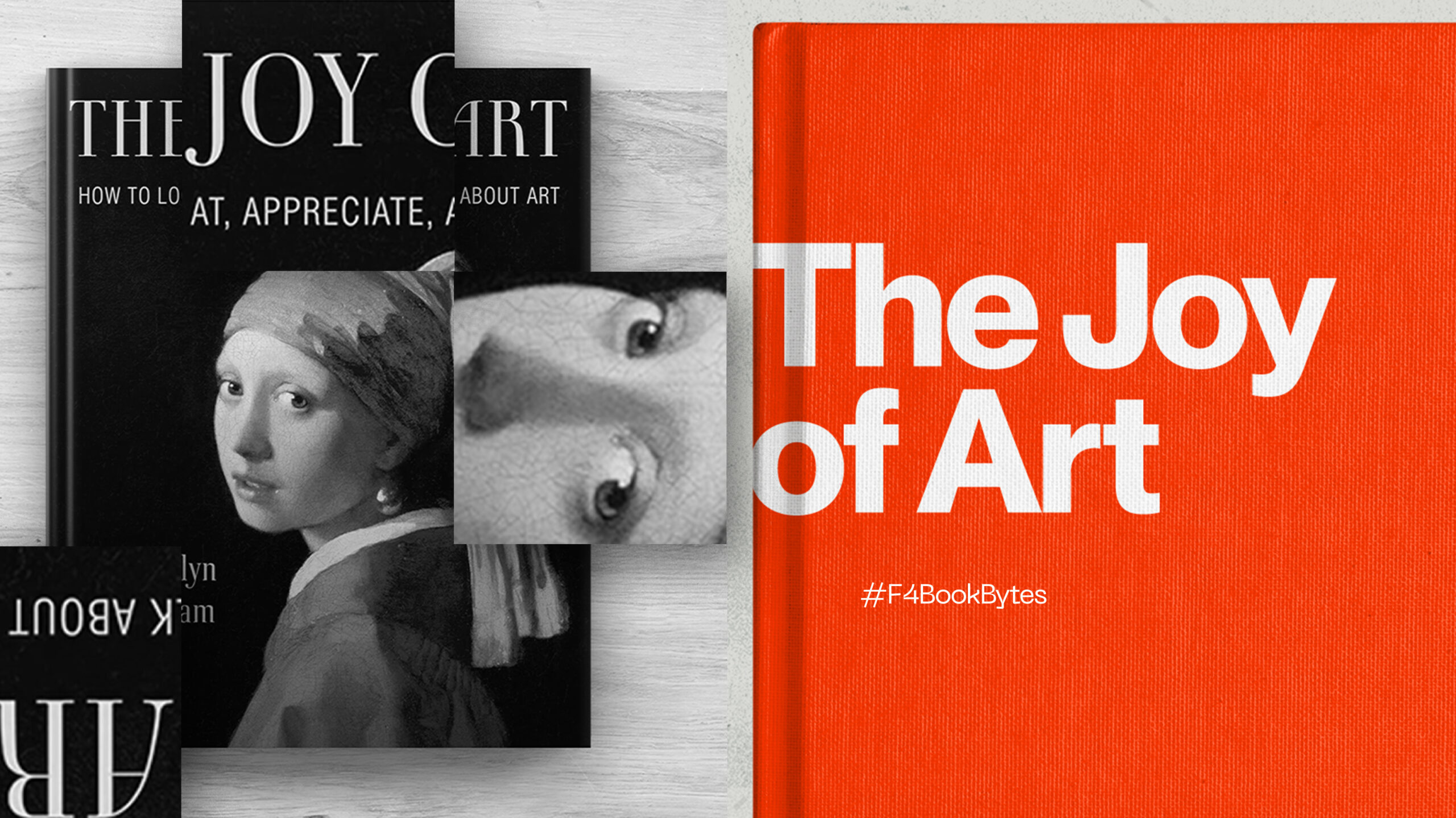Every day I bump my way through Baltimore encased in a mobile box of aluminum and rubber, so numb to my surroundings that I can’t remember one such journey from the next, regardless of where I went or when it happened. The only distinguishing feature on these slogs through undifferentiated time and space is my choice of audio, and that’s where podcasts and audiobooks come in. They are the pinch of cinnamon or sugar in my daily diet of gruel, a slight distinguishing feature to vary one monotonous trek from the next.
After listening to a number of Acquired podcast episodes on my otherwise forgotten journeys around town, I decided to tackle 7 Powers: The Foundations of Business Strategy, by Hamilton Helmer. Acquired is a long-form podcast in which two tech investors tell the growth stories of various successful companies – from Apple to Costco. At the close of each show they use the 7 Powers framework to determine how these companies built a ‘moat’ around their business, fighting off competition and retaining market share over the course of decades. By leveraging at least one or two of the seven powers, a business has the potential to fend off threats and grow. Without any of these powers, they’ll be tossed around by Baltimore-sized road bumps and potholes, fighting for their lives and hoping to make it through the next year.
So what are these confounded powers, and why should you care!? I’m so glad I asked (on your behalf)!
“Power is the core concept of Strategy…It is the Holy Grail of business—notoriously difficult to reach, but well worth your attention and study.”
Helmer identifies the following seven powers as foundational to long-term business success:
1. Scale Economies: The more units you ship, the less you can charge, so the more units you can ship. Your competitors can’t match your volume or your prices. Think McDonald’s: Billions and Billions of cheap food-like substances served!
2. Network Economies: The more users join, the more other users benefit. LinkedIn and other social networks are entirely built on network economies, but other businesses have leveraged growing user bases to harness this power in more subtle ways.
3. Counter-Positioning: You can’t beat ‘em, you can’t join ‘em, so you differentiate yourself by offering an alternative solution to a common problem. Netflix didn’t open a video store next to Blockbuster, they counter-positioned by mailing DVD’s to your home. They beat Blockbuster by becoming the anti-Blockbuster.
4. Switching Costs: Once you’ve installed it, it’s going to take time and money to switch it. Good luck getting someone to switch their cellular provider after locking in that big family plan!
5. Branding: People pay more just for the name. Do BMW’s last longer or run better than Toyota’s? Do they get you to work faster? Heck no, but you’re still going to buy one in your fifties. It’s a Beamer!
6. Cornered Resource: No one but you has access to this IP, talent, secret ingredient, etc. Other production companies can mimic Pixar’s computer-generated animation style, but none of them have Pixar’s writers and directors.
7. Process Power: You’ve developed a process so superior that you produce quality goods and services more efficiently than anyone else, equipping you to lower costs and/or increase margins. Toyota is the famous example for this, but it’s arguably the hardest power to achieve.
These powers are by no means mutually exclusive. As the Acquired guys pointed out in a 2023 episode, Nintendo managed to simultaneously leverage network economies (the more people play, the more other users benefit from a community of Nintendo users), switching costs (it’s cheaper to buy another Nintendo game than to buy a different system), branding (they have the most well-known global brand in gaming), and cornered resource (established IP including Mario, Zelda, Donkey Kong, and Metroid).
But for many businesses, attaining even one of the seven powers can seem daunting. Small-to-medium sized businesses are largely incapable of leveraging scale or network economies, and likely branding as well. But without striving for at least one of the powers, most businesses will struggle to gain traction over the long haul.
“To assess which journeys are worth taking, you must first understand which destinations are desirable.”
Like my previous BookByte entry, Traction, 7 Powers is not a marketing book. But as marketers our primary goal is not to build engagement, grow brand awareness, or generate leads. Our true purpose is to carve out a distinct place in the marketplace that our company can own. All the impressions in the world won’t matter if there isn’t a moat around our offer that can’t be easily crossed by the competition. Each of the seven powers provides that moat, and we need to leverage power before we run campaigns and trot out a new logo.
Few of us will ever be able to rely on the branding power of BMW, the switching costs of Verizon, or the cornered resources of Nintendo. But that doesn’t mean we can’t effectively counter-position ourselves against the competitor across the street, build a powerful brand reputation among niche audiences, or carefully tailor our solutions to customer pain points so those solutions become a cornered resource. We can slowly dig our own moat by intentionally developing one or more of the seven powers. In the process (if you don’t mind mixing metaphors) we can ride a little more easily over those bumps in the road, and make the growth of our businesses a journey worth taking.
7 Powers: The Foundations of Business Strategy
by Hamilton Helmer
Barnes & Noble | Amazon | Audible | Apple Books | GoodReads

Meet blog author Will Smallman,
Managing Partner
Read his bio here
#F4BookBytes
Our team compresses the wisdom and actionable inspiration gleaned from a variety of professional and creative books into bite-sized chunks as they pertain to the business, marketing, and communication challenges our colleagues and clients face.

